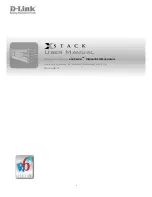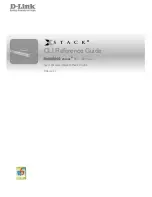
1
Figure 7: Minimum detectable object length
1
Minimum detectable object length
3.2.5
Scan time, repeatability, minimum dwell time, response time
To prevent mutual interference between the individual beams and to achieve the reso‐
lution, the SLG-2 light grid sequentially cycles through each beam.
The time required by the light grid for one pass is called the scan time.
Due to this sequential processing, the scan time of the system depends on the number
of beams. The total times are short, however, because the cycle time between two
channels is in the µs range.
All times given are maximum or worst-case values.
Detailed information on the times can be found in
Repeatability
The repeatability is the maximum time deviation between two measurements. The
repeatability in parallel-beam mode is thus equal to the scan time.
Repeatability = scan time
The following applies in cross-beam mode:
Repeatability = 1.5 * scan time
Minimum dwell time
The minimum dwell time is the time that an object must dwell between the sender and
receiver in order to be reliably detected. The minimum dwell time is twice the scan time.
•
Minimum dwell time = 2 x scan time
Response time
The response time is the maximum time it takes for an output to react following the
detection of an object.
3.2.6
Sensing range
Basically, the SLG-2 light grid distinguishes between the maximum sensing range and
the recommended sensing range.
Furthermore, the SLG-2 light grid is available in different sensing range options.
PRODUCT DESCRIPTION
3
8026014/2021-06-10 | SICK
O P E R A T I N G I N S T R U C T I O N S | SLG-2
15
Subject to change without notice
















































